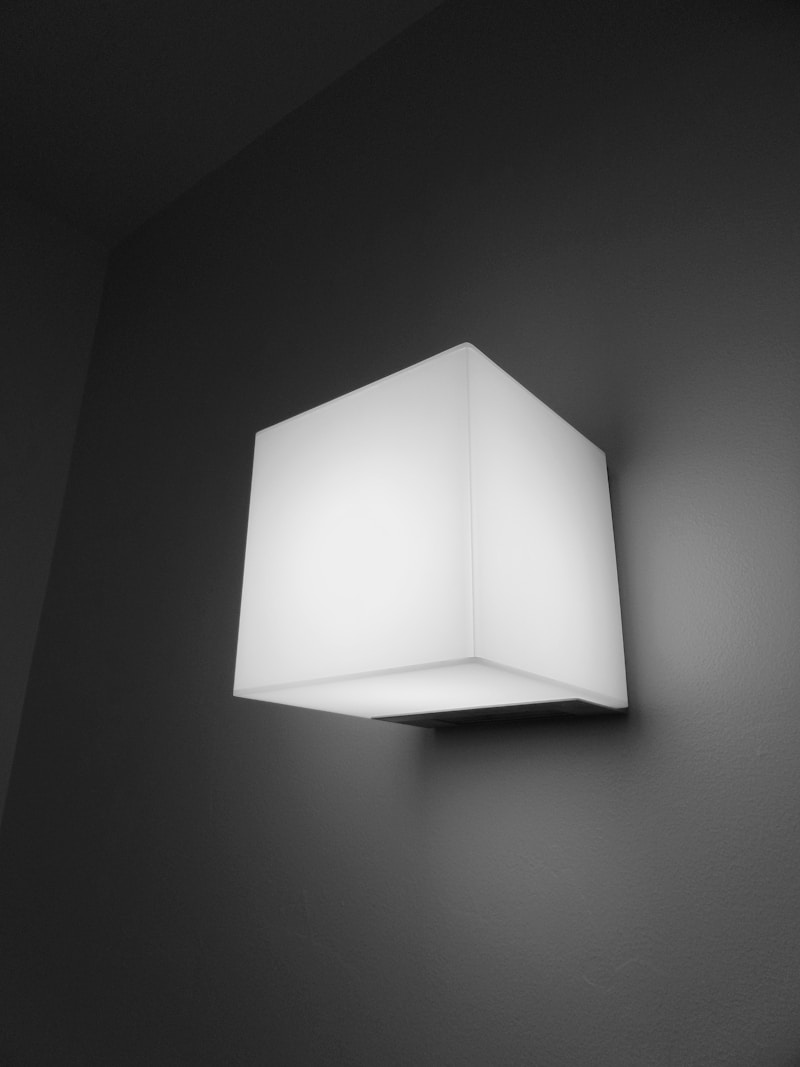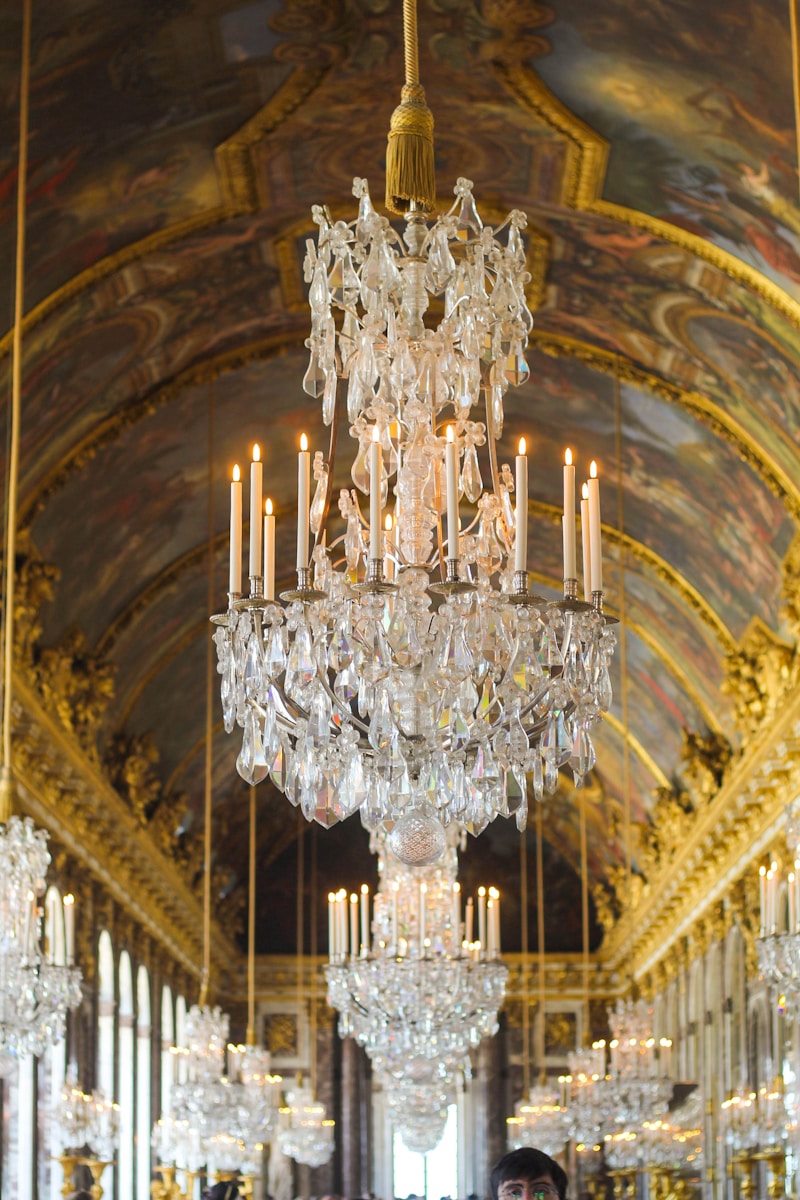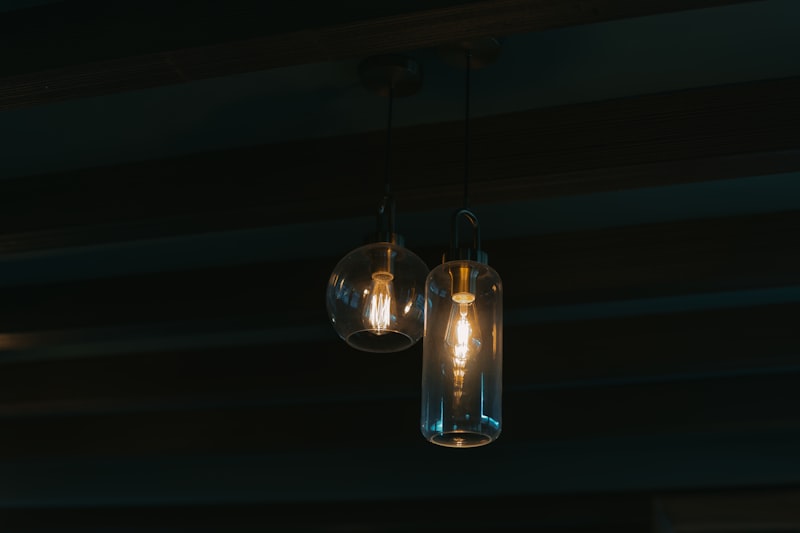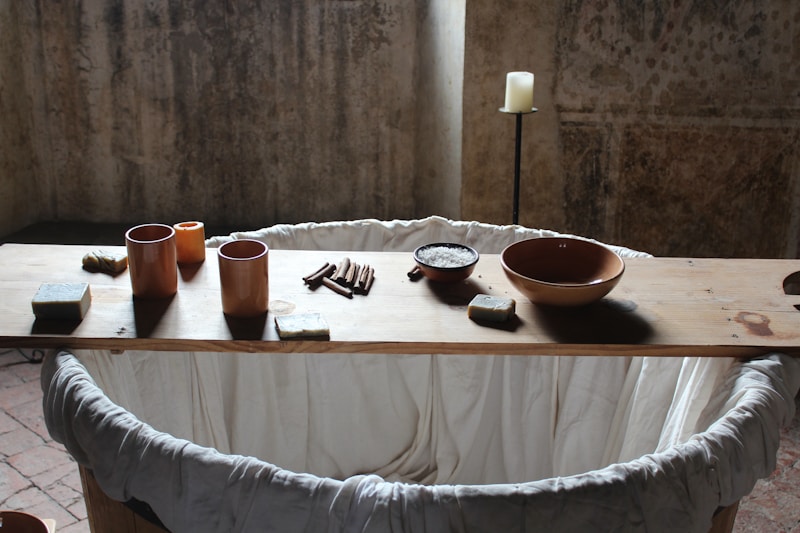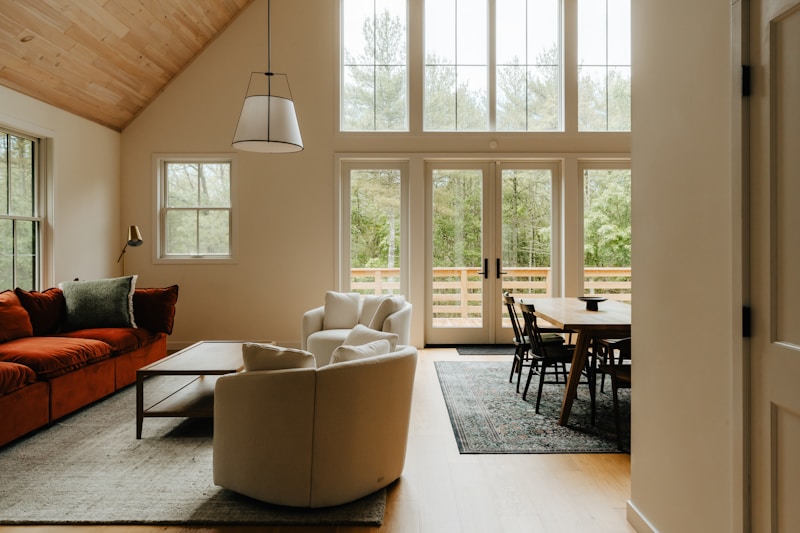Heritage Lighting: Connecting Styles Through the Ages
Lighting is more than just a functional element in our homes; it is an essential part of our heritage and culture. This article explores 'heritage lighting', its evolution through time, and how different styles have connected various eras, providing us with insights into interior design, culture, and history.Understanding Heritage LightingHeritage lighting encompasses various styles and designs that reflect specific historical periods. These lighting fixtures are often designed based on traditional methods and materials, representing a link to our past. This unique aspect makes heritage lighting a significant topic for homeowners, interior designers, and historians alike.The Evolution of Lighting Through HistoryThroughout history, the methods and styles of lighting have transformed significantly. Let’s delve into some characteristic periods and styles:PeriodFeaturesPrehistoricUse of natural light and fire sources such as torches and campfires.MedievalWrought-iron chandeliers and candle sconces became popular.VictorianElaborately designed gas lamps and ornate chandeliers.Art DecoSleek lines, geometric shapes, and the use of new materials like chrome.Modern EraMinimalist designs focusing on functionality and energy efficiency.The evolution of heritage lighting not only tells us about technological advancement but also reveals how aesthetics and functionality merged in different eras.The Connection Between StylesHeritage lighting is many things; it is functional, artistic, and o...
Exploring the Best Minimalist Lighting Solutions for Modern Spaces
In today’s fast-paced world, creating a serene environment in our homes and offices has become essential. One of the key elements that can transform a space is lighting. Minimalist lighting solutions have gained immense popularity due to their simplicity, elegance, and functionality. In this article, we will delve into various minimalist lighting options, discuss their benefits, and provide tips for choosing the best solutions for your space.What Are Minimalist Lighting Solutions?Minimalist lighting solutions focus on reducing excess and embracing functionality without compromising on style. These solutions aim to create a harmonious balance between light and design. They utilize clean lines, subtle forms, and often feature neutral colors, making them suitable for various interior designs.Key Characteristics of Minimalist LightingSome defining features of minimalist lighting include: Simplicity: Clean designs without overly ornate details. Functionality: Lighting that serves a purpose while looking good. Neutral Colors: Whites, blacks, and greys that blend seamlessly with any decor. Natural Materials: Use of raw materials like wood, metal, and glass.The Benefits of Minimalist Lighting SolutionsAdopting minimalist lighting can significantly impact the aesthetics and functionality of your space. Here are the key benefits: Benefit Description Enhanced Aesthetics Minimalist lighting can elevate the look of any space, making it f...
Illuminating Elegance: Lighting Choices for a Castle-Inspired Home
Transforming your living space into a castle-inspired abode requires meticulous attention to detail, especially when it comes to lighting choices. A well-lit castle-themed home can evoke feelings of grandeur, warmth, and enchantment. In this article, we will explore various lighting options that align with your castle aesthetic, provide tips on how to create an ambient atmosphere, and discuss the importance of harmonizing your lighting choices with your overall design.Understanding Castle-Inspired LightingCastle-inspired homes often feature a mix of medieval charm and modern comfort. When considering lighting options, it's crucial to keep in mind the architectural elements and color schemes that define your home. Utilizing a combination of chandeliers, sconces, and modern lighting can create the perfect blend of historic elegance and contemporary appeal. Below, we summarize key lighting choices to consider:Lighting ChoiceDescriptionIdeal PlacementChandeliersGrand, decorative light fixtures that hang from the ceiling, adding a focal point to the room.Dining room, foyer, or great hall.Wall SconcesLight fixtures attached to walls, providing additional lighting and visual interest.Hallways, bedrooms, or living spaces.Floor LampsFreestanding lamps that offer versatile lighting options while enhancing the room's decor.Reading nooks, corners, or near seating areas.Table LampsPortable lamps that serve as decorative elements while providing task lighting.Side tables, desks, or bedside...
Exploring Vintage Charm in Modern Lighting Designs
In a world dominated by sleek lines and minimalist aesthetics, vintage charm in modern lighting designs offers a delightful contrast, enveloping spaces in nostalgia while providing the functionality of contemporary illumination. As homeowners and designers seek to blend the old with the new, the popularity of lighting fixtures that embody both vintage style and modern efficiency has surged. This article explores the essence of vintage charm within the context of modern lighting, the various designs available, and how to incorporate them effectively into your home.Understanding Vintage Charm in LightingVintage charm reflects an appreciation for the past, often characterized by ornate details, warm tones, and a sense of history. In the realm of lighting, this can manifest in several ways, from industrial-style fixtures that hint at the 19th century to mid-century modern designs that showcase clean lines and functional beauty. The juxtaposition of these styles with modern technologies, like LED bulbs, creates a unique opportunity for homeowners and designers to craft spaces that are simultaneously nostalgic and forward-thinking.The Importance of Lighting DesignLighting is one of the most critical aspects of interior design. It influences mood, functionality, and aesthetics. By integrating vintage charm into modern lighting designs, one can achieve a harmonious balance that enhances the overall appeal of a space. Consider how different lighting styles can affect the atmosphere:Li...
Captivating Whimsical Crystal Installations for Events: Transform Your Celebrations
In today's event planning landscape, creativity knows no bounds. One stunning trend that has captured the hearts of planners and attendees alike is whimsical crystal installations. These captivating creations not only add a touch of elegance but also create an enchanting atmosphere that lingers in the memories of guests long after the event has ended. In this article, we'll explore the allure of whimsical crystal installations for various events, their design principles, tips for incorporation, and how they can elevate your celebrations.The Magic of Whimsical Crystal InstallationsWhimsical crystal installations are not just decorative elements; they are immersive experiences that transform spaces into wonderlands. Made up of various crystal forms—like chandeliers, hanging installations, and table centerpieces—these installations play with light and create stunning reflections. Here are some aspects that enhance their magic: Light Manipulation: Crystals refract and reflect light, creating a mesmerizing display that changes throughout the day and night. Versatility: They can be designed to fit any theme, from bohemian to modern chic, making them suitable for weddings, corporate events, and private parties. Interactive Elements: Some installations can incorporate interactive elements, inviting guests to engage and immerse themselves in the artwork.Types of Whimsical Crystal InstallationsThere are various types of whimsical crystal installations that you can use for your...
Crafting the Perfect Medieval Dining Environment: A Journey Through Time
Creating a medieval dining environment is not just about setting a table; it's about transporting your guests back to a time filled with feasting, revelry, and historical charm. Whether you are hosting a themed dinner party or planning a Renaissance fair, understanding the elements that define a medieval dining experience is essential. This article will guide you through the various aspects of crafting an authentic medieval dining environment, from decorations and table settings to food and entertainment.Understanding the Medieval EraThe medieval period, also known as the Middle Ages, lasted from the 5th to the late 15th century. It was a time of castles, knights, and grand feasts. Understanding the culture of this era is crucial when creating an authentic dining environment. Notably, the dining customs varied significantly between the social classes, with nobles enjoying opulent banquets while peasants had simpler fare.Table Settings and DecorationsTo set the perfect medieval dining environment, your table should reflect the grandeur of the period. Here are key elements to consider: Tablecloths and Napkins: Use heavy fabrics like linen or wool. Earthy tones or deep reds, greens, and browns underline a medieval aesthetic. Dinnerware: Choose wooden platters, pewter goblets, and earthenware for authenticity. Avoid modern materials like glass or plastic. Centerpieces: Incorporate candles, flowers, or seasonal fruits to create a natural look. Use rustic pottery or wooden...
Layered Lighting Concepts for Modern Homes: Elevate Your Space with Style
When it comes to creating a welcoming ambience in our homes, one important factor that often gets overlooked is lighting. Layered lighting concepts are becoming increasingly popular in modern interior design, as they provide both functionality and aesthetic appeal. In this article, we will explore the various layers of lighting, their benefits, and how they can transform your living space into a harmonious haven.Understanding Layered LightingLayered lighting refers to the combination of different types of lighting to create a versatile and dynamic atmosphere in a room. Typically, it consists of three main layers: Ambient Lighting: This is the general, overall illumination in a space. It sets the base level of light. Task Lighting: This layer focuses on areas where specific tasks are performed, such as reading, cooking, or studying. Accent Lighting: Accent lighting is used to highlight specific features in a room, such as artwork or architectural elements.The Benefits of Layered LightingIncorporating layered lighting into your home design has a multitude of benefits: Benefits Description Versatility Allows you to adjust the mood and function of a space easily. Enhanced Aesthetics Adds depth and visual interest to your rooms. Improved Functionality Ensures that various activities can be carried out comfortably. Energy Efficiency Enables you to use only the necessar...

